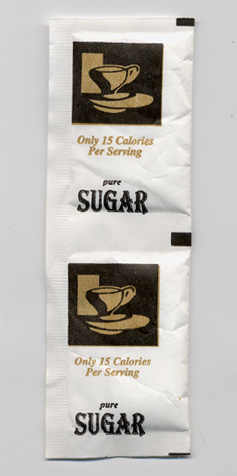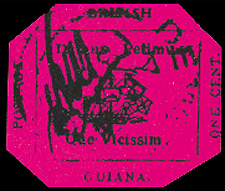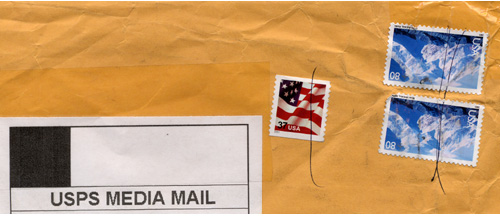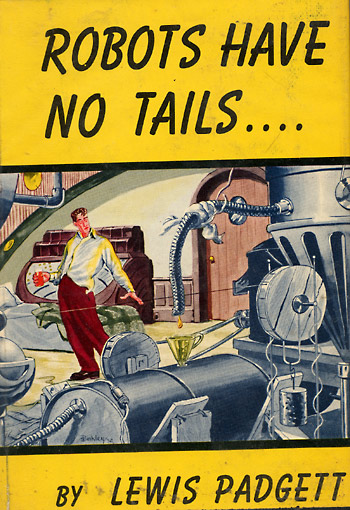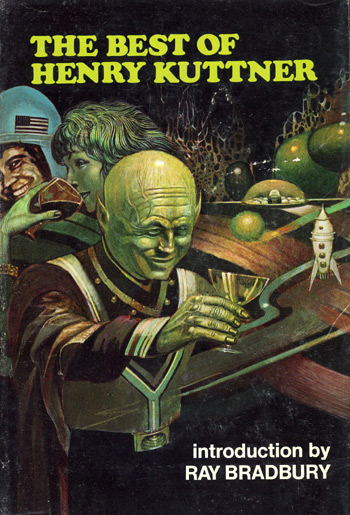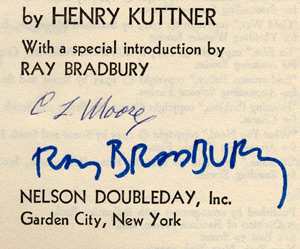I always thought that the quote went “I’ll try anything once” and it was Andy Warhol who said it. Apparently the quote is “I’ll try anything once, twice if I like it, three times to make sure” and it belongs to Mae West.
Living in New York, amongst other things, pushes you to try something for the first time ever almost every single day. Here are three things I recently tried for the first time, mostly under pressure from New York City.
Religious
Probably every New Yorker that looks even remotely Semitic in appearence has been repetidly asked “Are you Jewish?” by the Hasidim. If you answer yes, you’ll get a Billy Mays-worthy pitch to pray/light Shabbat candles/put on at Teffilin. I will admit to occasionally denying my membership in the tribe when in a hurry, but most of the time my answer is “a little bit”, followed by a firm sticking to plain cowardly agnosticism.
Ever since I wrote a long and rambling post about Tefillins, I meant to put one on. So this one time, after being approached by a young Hasid in the Atlantic station passageway, and customarily declining his pamphlet, I accepted his halfhearted offer to help me lay Teffilin. He was particularly surprised – I don’t really think he gets to help a lot of people perform this particular mitzvah a lot.
He produced a Tefillin set from a black shopping bag and a loaner kipah from a pocket, helped me put it on and say the necessary prayers right there on the BMT’s Atlantic Avenue platform, amongst the hustle and bustle of people and trains. It felt strange, yet somehow very comforting – performing this ritual in one of the most familiar places to me.
He also gave me a pamphlet in which the Lubavitcher Rebbe explains to a computer science professor that Tefillin is a symbolic representation of computers. He was very glad to be able to accomplish such an epic mitzvah.
Culinary
I was walking through Union Square farmers’ market, already having sampled and bought a package of organic bacon hawked by an upstate hippie (I’m not a very observant Jew as you might have already noticed in this post). I was passing by a little stall providing free samples of wine made by hippies somewhere upstate. That bit of hippie bacon called for some wine, but I did not want to fight the mob of greedy Manhattan housewifes for a tiny sip, but then I heard a magical phrase – “We also have dandelion wine”.
I never really finished reading “Dandelion Wine” by Ray Bradbury, and always thought that there was no such thing – how can you make wine out of bitter yellow flowers? Apparently this is how. I bought a bottle. All I have to say is that dandelion wine tastes just like they say it should: like summer and childhood. I also bought some salad corn shoots that I’ve read about in New York Times. Those tasted like raw corn kernels.
Automotive
You know that nobody really drives in New York because there are too many cars there. I’ve spent many happy car-less years here, but the arrival of a baby forced me to buy a car (a minivan, in fact). Parking is a very sore topic around these parts. I was never willing to splurge on a garage, and had to subject myself to the indignities of alternate side parking regulations.
There’s a whole book about parking in NYC – Calvin Trillin’s brilliant Tepper Isn’t Going Out. I bought it only because I have a friend named Tepper, but ended up immensely enjoying it. Which is what I can’t say about parking in the street.
Well, recently, I finally broke down and shelled out $200 for a spot in a garage. The feeling on the “alternate” days is rather novel – hey, I don’t need to move a car! Also new – not worrying about what those loud teenagers are probably doing to my poor car, or if there’s a used car window repair place that just received a shipment of my car’s specific windows (did you notice how they always have a used window for your car ready, no matter how obscure, when you go to a nearest car window shop for a mysteriously shattered one?). It’s a new and pleasant feeling.
What about you?
